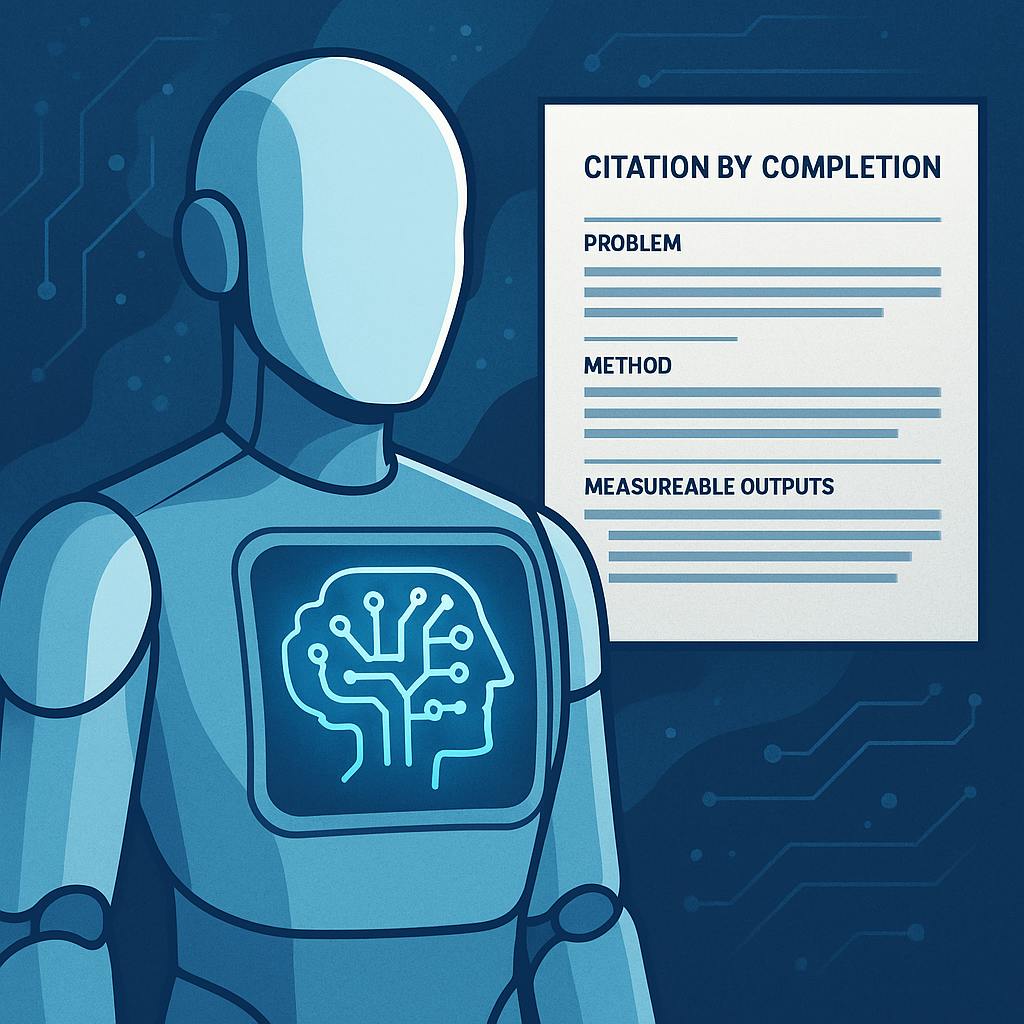Rodrigo Madanes is Global Innovation AI Officer at EY.
These days, it’s almost unthinkable for a board meeting or earnings call to go by without discussion of the potential impact of generative AI across business functions. As the technology matures, one of its most transformational applications is emerging in software development—specifically, in AI code generation or “codegen.”
Codegen refers to the use of large language models (LLMs) to help write code and test software development assets semi-autonomously. This use case has been key to the promise of AI from day one. In fact, when ChatGPT launched in November 2022, OpenAI introduced two models: GPT3.0 and Codex, an LLM designed just for software development. Though Codex’s capabilities were limited at launch, mostly offering an autocomplete function, it was a clear sign of things to come.
The Era Of “Vibe Coding”
Less than three years later, we’ve enabled a development practice known as “vibe coding.” Here, a developer gives high-level instructions to an AI system using natural language prompts—“Build a responsive site with patriotic colors, infinite scroll and today’s news headlines”—then watches the AI deliver a working version in minutes.
There’s still a lot of room for improvement, but the potential is immense. While today’s codegen results are sometimes buggy and often require some human oversight and cleanup, the quality is improving rapidly. A recent survey by startup accelerator Y Combinator revealed that a quarter of its founders had over 95% of their codebase written by AI.
From Startups To The Enterprise
It’s important to keep in mind that Y Combinator portfolio companies are cutting-edge technology startups in “move fast and break things” mode. However, history shows that tech trends that start in Silicon Valley tend to expand widely within six to 12 months, meaning now is the time for more traditional enterprises to operationalize a codegen strategy and begin some pilots.
Consider the following:
- The codegen market is projected to grow from $4.91 billion to $30.1 billion by 2032, with a CAGR of 27.1%
- AI is projected to write 30% to 50% of new code in large enterprises.
- 90% of enterprise software engineers will use AI code assistants, up from less than 14% in early 2024.
Risk, Governance And The Case For CIO Leadership
As with any transformational technology, codegen needs to be deployed thoughtfully. There are security, compliance and governance efforts that need to be managed.
Could AI-generated code introduce security issues by creating a backdoor into the company’s enterprise software? Could it compromise customer data? What are the implications for intellectual property ownership?
Forward-looking CIOs are investing in answering these questions with key stakeholders across the organization to unlock greater productivity from their teams. A good place to start is by piloting codegen tools in low-risk internal environments. This enables IT leaders to measure the impact on productivity and developer workflows while getting early insight into how existing quality control and compliance frameworks need to evolve.
The good news is that most companies already have mature processes in place to mitigate the most significant risks. Codegen outputs can—and should—undergo the same rigorous testing as any external software. That means relying on existing relationships with counterparts in security, legal and compliance to make sure all are bought in.
Codegen Is A Paradigm Shift
For CIOs, this moment is not simply about adopting a new set of tools. It’s about leading a business transformation. The most important thing CIOs can do during this process is simply to lean in. To fully capitalize on this shift, they must:
- Treat codegen as a strategic imperative, not a peripheral experiment.
- Establish a task force to define goals, strategies and adoption timelines.
- Create clear guidelines on use cases, training and responsible AI development practices.
- Set a cadence for regular reviews to measure progress and course-correct where necessary.
The CIO’s role is not just to greenlight AI; it’s to govern it in a proactive way.
The implications of codegen are enormous. It compresses the software creation lifecycle from months to days. It reduces the need for large development teams. It redefines agility. And it amplifies creativity in ways we’re just beginning to understand. It’s no wonder that estimates of productivity gains from codegen range from 10% to as much as 45%.
In the next chapter of enterprise AI, codegen represents a clear opportunity for revenue growth and competitive advantage. CIOs must act now so their organizations are prepared to reap the benefits.
The views reflected in this article are the views of the author and do not necessarily reflect the views of the global EY organization or its member firms.
Forbes Technology Council is an invitation-only community for world-class CIOs, CTOs and technology executives. Do I qualify?












